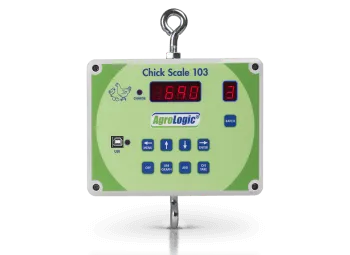Veterinarians recommend a routine deworming schedule, especially for puppies. Typically, puppies should be dewormed at two, four, six, and eight weeks of age, followed by monthly treatments until they are six months old. Adult dogs, on the other hand, usually require a deworming treatment every three to six months, depending on their lifestyle, environment, and risk factors.
dog intestinal worming tablets







